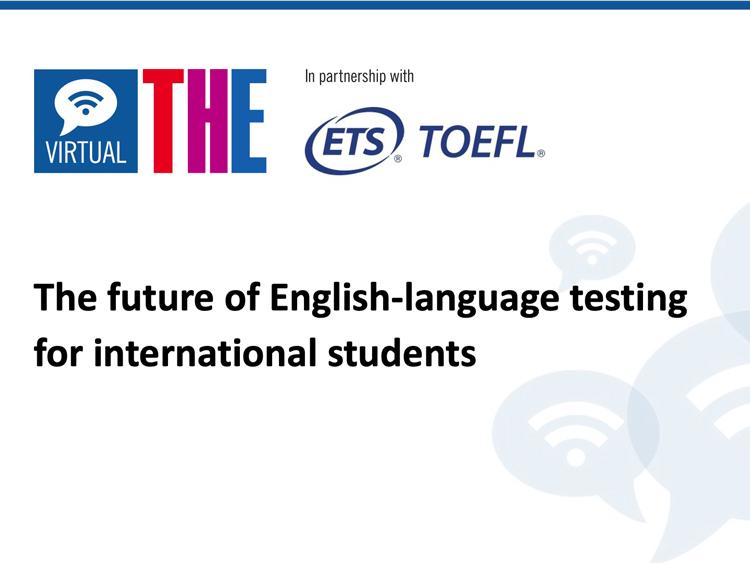Entering tertiary education as an undergraduate student may require a shift in the communication mindset for the learner. With transnational English medium instruction (EMI) programmes, additional demand is placed on learners for whom English is not necessary in daily life. Students need to do more than read, write, speak and listen in English; they need to manipulate English at a nuanced level to construct meaning and develop greater understanding in their discipline. This requires a concentrated shift of intention in the English for academic purposes (EAP) lecturer’s focus.
The common European framework of reference for languages (CEFR) outlines three types of language-communication usage on a macro-functional basis. These are:
- creative interpersonal
- transaction and evaluative
- problem-solving.
There are four categories of skills:
- reception
- production
- interaction
- mediation.
This is a change from the traditional four language skills of reading, writing, listening and speaking. Reception skills include reading and listening, and production skills include writing and speaking. Meanwhile, interaction skills bring the communicators into direct interlocution with each other, and mediation brings more people into the communication, involving all of the above.
- Machine translation: the questions educators need to ask
- Supporting foreign-language students in online class discussions
- How to stop unconsciously discriminating against international students
Mediation skills in academia
Mediation, according to dictionary.com, is the act of mediating between parties so as to effect an agreement or reconciliation. In the scheme of the CEFR, this idea of mediation includes other people and their ideas from texts, prior conversations, lectures, art, etc.
Writing on the Pearson blog in 2020, Tim Goodier summarised mediation activities to include things such as helping people understand each other, paraphrasing information to make it more understandable, identifying and articulating connections between ideas and sources, and co-constructing meaning through discussion.
Academia is a community of research and evidence, and hence a good academic discussion hinges on participants contributing evidence. It also means that participants will critically consider, analyse and evaluate ideas from different sources. Mediation skills allow students to work among ideas and locate possible connections to their own understanding.
Learning English for mediation: key challenges and how to overcome them
English language learners coming from a traditional approach around the four skills may view their language development within these silos, alongside the discrete topics of vocabulary and grammar. So moving into English medium instruction (EMI) classrooms that require interaction and mediation may feel awkward and unfamiliar.
Students can often be shy or lack confidence as they attempt interactive communication. They need to consciously be aware of the audience and how to formulate their ideas or thoughts to resonate with the receiver. The upside, though, is that a good interactive discussion does not have to be a group of individuals each holding their own ideas, but rather it can be a team effort that, with collaboration and exchange, explores and develops the key ideas.
One way to approach shifting learners from an individual mindset to a team mindset that mediates among each others’ ideas is to use a sports analogy. Basketball works well because it’s just five players on the court, similar to five or so members in a small group discussion. The basketball team wants to move the ball down the court and shoot into the basket to score two points. The players dribble, pass to each other, move around to change angles, and keep setting up each other to take the shot.
In a discussion, the first speaker opens the topic and gets it moving. Then they pass the idea over to another team member, who adds something or disagrees and passes the idea back to the first player. Each time an idea is presented to another group member, they have the option to either accept and add more to the idea or refute and pass the idea back, perhaps adding a follow-up question. In the meantime, just like in basketball, the other three group members are looking for openings (connections) to move the discussion further. What about this? What about that?
In basketball a team has 30 seconds to take a shot, but in a discussion, it could be that the group uses up five minutes passing ideas back and forth before they are permitted to make a conclusion and move to the next question.
This sports analogy can be broken down further into myriad meaningful communicative drills that help students not only to pass the ideas back and forth between each other but also to reference information or ideas from sources they have read or heard.
One drill that can facilitate student development is a game set up like the television game show Family Feud. Two teams of about five members compete against each other to remember details from sources provided – reading text, video lecture, etc.
Discussions and mediation are hard work that can be daunting for learners, especially in the beginning. Using teamwork and game drills can add energy and fun to the development process, all the while keeping the focus on mediating ideas between each other and outside sources.
Laura McNabb is a senior lecturer in English for academic purposes at Xi’an Jiaotong-Liverpool University.
If you found this interesting and want advice and insight from academics and university staff delivered direct to your inbox each week, sign up for the THE Campus newsletter.




comment